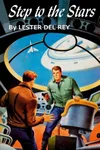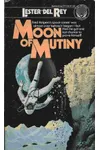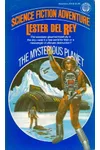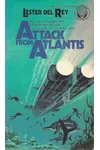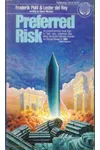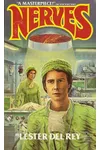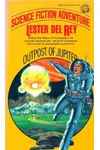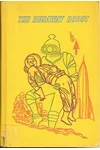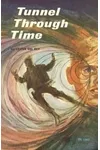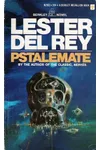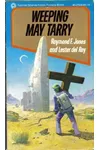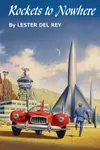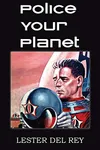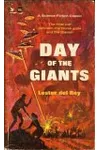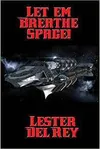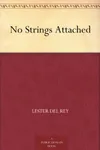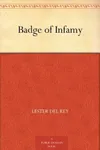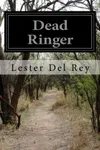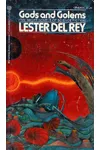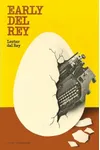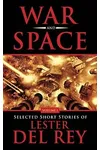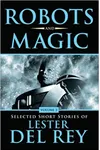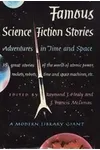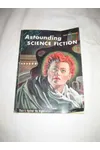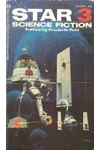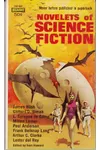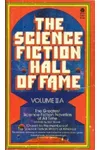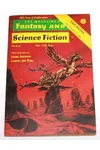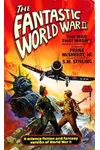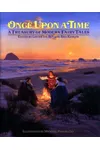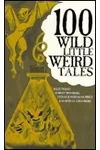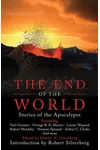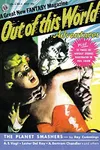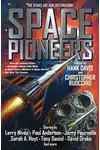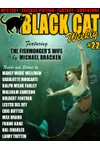Picture a storyteller who spun tales of robots and distant planets, capturing the imaginations of kids and adults alike—meet Lester del Rey! Born Leonard Knapp in 1915, this American science fiction maestro didn’t just write thrilling stories; he reshaped the genre as a publisher, launching Del Rey Books with his wife Judy-Lynn. From the pulse-pounding Nerves to the charming The Runaway Robot, del Rey’s work is a time capsule of the Golden Age of sci-fi.
With a knack for blending human emotion with futuristic wonder, del Rey became a household name for young readers in the 1950s and a visionary editor who championed new voices. Let’s dive into the life and legacy of this sci-fi trailblazer!
The Making of Lester del Rey
Born on June 2, 1915, in Clydesdale, Minnesota, Lester del Rey’s early life was a whirlwind of hardship and adventure. Orphaned young, he bounced between relatives, taking odd jobs across the U.S.—from fruit picking in Washington to researching music for a WPA project. A voracious reader, he fell in love with pulp magazines like Astounding Science Fiction, which sparked his writing career. His first story, 'The Faithful,' hit print in 1938, kicking off a lifelong passion for sci-fi.
Del Rey’s colorful persona added intrigue: he often claimed his name was Ramon Felipe Alvarez-del Rey, spinning tales of a dramatic past. In truth, his real name was Leonard Knapp, and a 1935 car accident took only his first wife, not his entire family as he sometimes suggested. This flair for storytelling bled into his work, making him a unique figure in sci-fi’s Golden Age.
Lester del Rey’s Unforgettable Stories
Del Rey’s stories were fast-paced, heartfelt, and packed with big ideas, especially for young readers. His juvenile novels, part of the Winston Science Fiction series, were a 1950s staple alongside giants like Robert A. Heinlein and Andre Norton. The Runaway Robot (1965), ghostwritten by Paul W. Fairman, follows a boy and his robot pal Rex on a cosmic adventure, blending humor with coming-of-age themes. It’s a perfect pick for kids dreaming of space.
For adults, Nerves (1956) is a gripping novella about a nuclear plant crisis, showcasing del Rey’s knack for tense, human-driven sci-fi. His short story 'Helen O’Loy' (1938) explores a robot’s quest for love, wrestling with questions of artificial intelligence and emotion—decades ahead of its time. Del Rey also wrote under pseudonyms like Philip St. John and Erik van Lhin, churning out tales of space exploration and moral dilemmas. His style? Entertaining, accessible, and always focused on characters doing the right thing in tough spots.
Though his novel output slowed by the late 1960s, with his final work Weeping May Tarry (1978) co-authored with Raymond F. Jones, del Rey’s short stories remain timeless. Collections like The Best of Lester del Rey (1978) highlight his range, from philosophical robot tales to apocalyptic adventures.
Why Lester del Rey Matters
Del Rey’s impact stretches far beyond his stories. In 1977, he and Judy-Lynn del Rey founded Del Rey Books, a Ballantine Books imprint that became a sci-fi and fantasy powerhouse. They launched Terry Brooks’ The Sword of Shannara, kickstarting modern epic fantasy, and nurtured authors like Stephen R. Donaldson and Arthur C. Clarke. After Judy-Lynn’s death in 1986, Lester carried on until retiring in 1992, cementing their legacy as genre-shaping publishers.
Del Rey’s writing inspired generations, earning him the 1972 Skylark Award, a 1985 Balrog Award, and the 1990 SFWA Grand Master title. His focus on entertainment and human struggles made sci-fi approachable, while his editorial vision opened doors for new voices. He passed away in 1993, but his stories and Del Rey Books endure as pillars of speculative fiction.
About Lester del Rey
- Born: June 2, 1915, Clydesdale, Minnesota
- Died: May 10, 1993, New York City
- Key Works: Nerves, The Runaway Robot, Helen O’Loy
- Awards: 1972 Skylark Award, 1990 SFWA Grand Master
- Fun Fact: He once claimed his name was a long, extravagant Spanish title!
Ready to blast off with a sci-fi classic? Snag The Runaway Robot or Nerves and dive into Lester del Rey’s thrilling universe!
